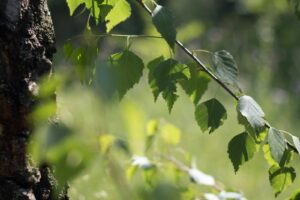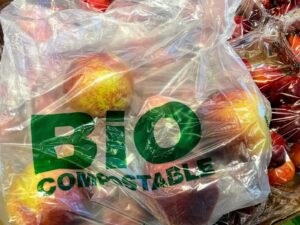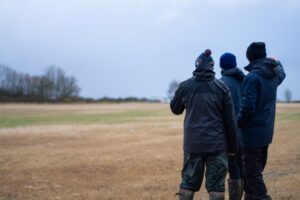Deforestation emissions outweigh the amount of carbon absorbed by the Amazon forest recovery, according to a new international study.
Planting secondary forests, meaning areas of new forest on land that has previously been deforested, is a key part of policies aiming to mitigate climate change.
In 2017, almost 130,000 square kilometres of secondary forest was planted in the Brazilian Amazon, this is roughly equivalent to the size of England.
Despite their importance for climate targets, it is not clear to what extent carbon emissions from deforestation have been offset by secondary forest growth.
Researchers from the UK and Brazil used open-source data to map the age, extent and carbon stock of secondary forests across the Amazon between 1986 and 2017.
After calculating how much carbon had been lost through deforestation, the researchers found that, in more than 30 years, the regrowth of secondary forests had offset less than 10% of emissions from the loss of old-forests.
Despite a fifth of deforested land now being covered in secondary forest, the researchers found that most secondary forests are relatively young – more than 85% are younger than 20 years old and almost half (42%) are less than five years old.
This is because secondary forests are also subject to deforestation.
Charlotte Smith, a PhD researcher at Lancaster University and lead author of the study, said: ‘Secondary forests have an incredible potential to store large quantities of carbon.
‘However, it takes a long time for them to build this carbon stock, so without a drastic decline in the rate of deforestation, their environmental benefits will continue to be undermined.
‘Preventing further deforestation remains the most urgent priority to mitigate climate change.’
Co-author of the study, Professor Jos Barlow, said: ‘Although secondary forests could be an important part of the solution to climate change, it is also important not to overstate their relevance.
‘Deforestation rates in the Brazilian Amazon surpassed 10,000km2 last year, and will almost certainly surpass that in 2020.’
Photo Credit – Pixabay















